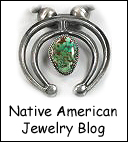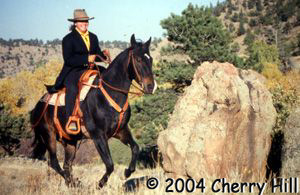Male and Female Riders
The Physiological Differences Between Male and Female Riders
Women are innately more flexible and loose-jointed, allowing them to smoothly follow the movements of a horse, but they can be more easily unseated and be more likely to suffer joint injuries. Women have greater manual skills and dexterity, allowing them to be more talented and subtle with rein aids. The tightness of men’s joints, muscles, and skin may make them less responsive to a horse’s movements but allows them to hold a correct position more easily. Women tend to carry 20% of their bodyweight as fat, which provides greater cushion, insulation, and tolerance for cold. This can make the body difficult to cool in hot weather, may inhibit range of motion, and may undermine level of fitness. A woman’s thermostat is higher – she must be hotter before she sweats to lower her temperature.
Men’s lower fat stores may allow them to become more fit but their lack of padding and insulation may make riding less comfortable for them, especially in cold weather. Men sweat at a lower temperature so cool their bodies sooner.
Women have lighter bones and less durable tendons and ligaments meaning a lighter load for the horse but more injury for the rider, especially knees. Men’s heavier framework makes a heavier load for the speed or endurance horse.
Women are usually about 3 inches shorter and 25 pounds lighter than men so often can ride smaller horses. However, men’s longer legs often fit around a horse’s barrel better than a woman’s do.
Women are bottom-heavy with a low center of balance – between the hip bones. Thickness in this area can make it difficult for the beginning rider to find the correct position but helps the advanced rider keep a stable leg position.
Men are top-heavy with a center of balance located around the waist. The result is movable limbs: leg adjustments come easily but leg stability is difficult to maintain. Top-heaviness plus a high center of gravity can unbalance male riders.
Women are less strong and have a lower muscle-building capacity. Females tend to use psychology rather than strength. A man’s strength can tempt him to overpower a horse. Saddles were originally designed for male riders yet the majority of today’s riders are female. The female pelvis and legs may make some aspects of riding more difficult for women and an inappropriate saddle will exaggerate the tendencies.
Women have a wide pelvis, wide set seat bones and hip sockets that face outward, and a tailbone set out behind the spine. A woman’s legs to tend to be knock-kneed, making it harder to relax the thighs so they hang down along the horse’s side. The thighs often point outward at the knee and come forward and upward when riding. Because the tailbone is behind the lumbar vertebrae, women have a naturally hollow lower back. Young female riders especially, tend to tip forward on the pubic bone, ahead of the center of balance, creating an exaggerated hollow back. It requires proper instruction and effort to bring the seat bones under, tuck the tailbone, and achieve a flat lower back.
Men have a narrow, upright pelvis, nearly parallel seat bones, hip sockets that face forward, a tail bone that is more vertical, and a tendency toward bow-leggedness. This allows the legs of the male rider to conform to the horse’s barrel. The upright pelvis results in a flatter back and a more naturally stable position. The male’s near-parallel seat bones and near-vertical tailbone are perfectly suited for a deep seat. The seat bones are able to rock freely backward and forward in contrast to the muscular effort required for a female rider to do the same. The naturally tucked tail bone of the male rider allows him to sit down more effortlessly on a jogging or loping horse than a female rider who must constantly exert muscular energy to tuck the tail bone and flatten the lower back.
Generalizations related to male and female anatomy vary according to the individual. Evaluation by a qualified instructor regarding pelvic and lower back action is essential to safeguard the health of your spine and improve your riding.
![]()










